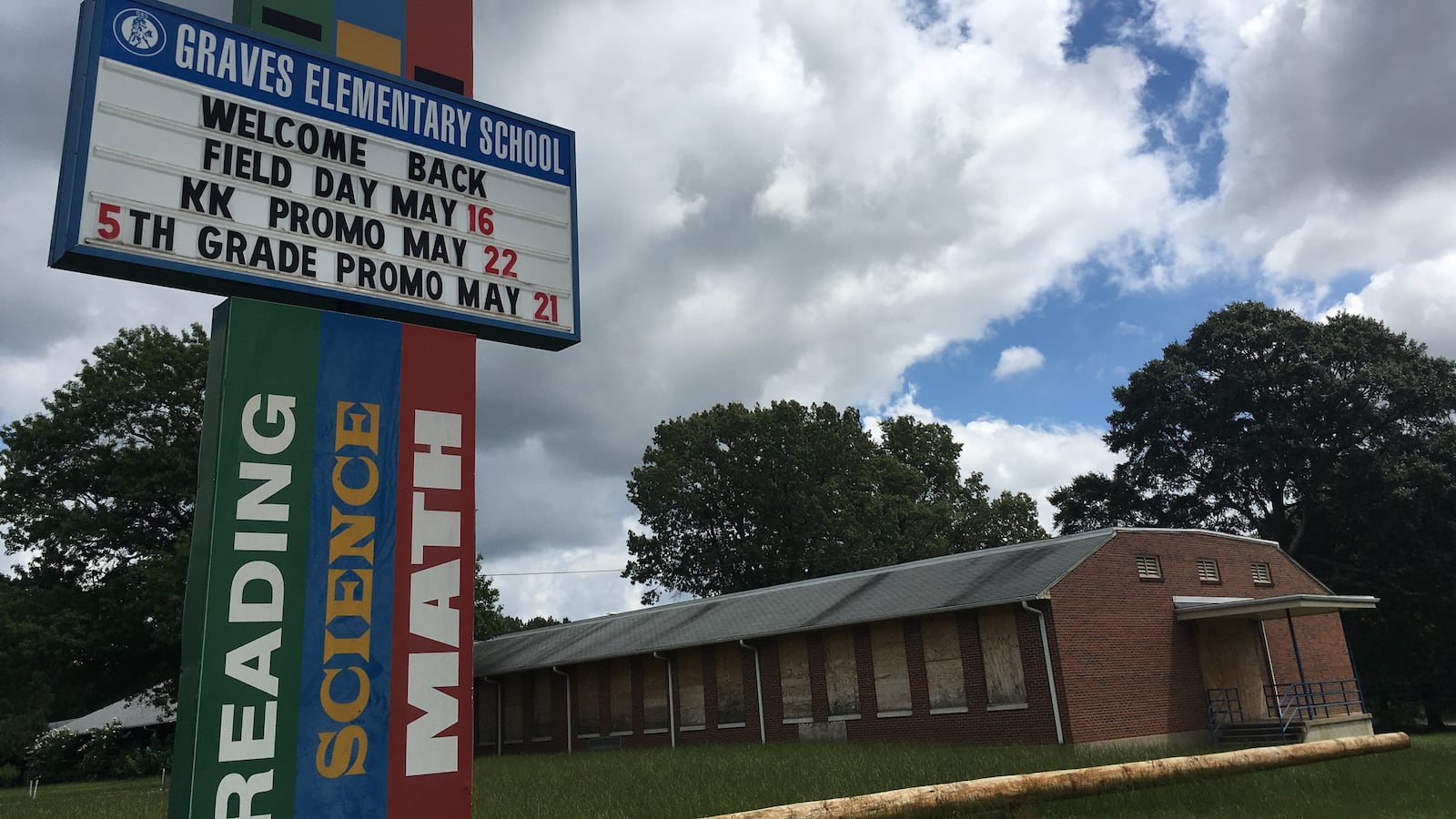Vance Middle School once served as the anchor for its surrounding neighborhood until the school was shuttered in 2014 by Shelby County Schools, sending its students to another school about a mile away.
With a vital hub for youngsters now empty, students have a longer hike to school and “some have to walk very far,” says James Nesbit, longtime director of a neighborhood youth center across the street from Vance, who also mentioned he believed crime had gone up in the neighborhood since Vance’s closure.
“That takes time away that they could have been here, working on homework or playing,” Nesbit said. “There used to be a unified identity for our kids. No more.”
Vance represents half of at least 21 district-run schools closed in Memphis since 2012. Most sit empty as Tennessee’s largest district prepares for a more systematic review of its school buildings and their usage.
Ten are vacant, four have been turned into alternative schools, four are now charter schools, and two have been demolished. Coro Lake Elementary is slated to be demolished after a September vote by district board members. One other, Fairview Junior High, was converted into the district’s esteemed Maxine Smith STEAM Academy.
The vast majority of school closures have occurred in the South Memphis/Whitehaven area.
Shelby County Schools’ highly anticipated footprint analysis is slated to be released later this month and is expected to lay out plans to close up to 24 more schools over the next five years. Superintendent Dorsey Hopson said the analysis will also include proposals for its vacant buildings, and that the district will seek community input about the possibilities.
“We’ve had a few requests from different people for different facilities, but we don’t want to make decisions in silos,” Hopson said. “We’re going to engage the community like we never have before. And part of that engagement is going to be on — to the extent that these buildings closed — what do you want to see in your community?”
The district also is working with the City of Memphis on its first strategic plan since 1981 to guide growth for years to come.
Hopson said the plan for empty schools will be to “repurpose some of these buildings and to anchor some of these communities and rebuild and refurbish these communities instead of tearing stuff down.”
When the now-empty schools initially were closed, district officials recommended selling six of them to charters. But that never came to pass. Instead, some of those, including Graves Elementary, have remained boarded up. Coro Lake Elementary, which sits in a lakefront community, is up for sale.
Vacant properties require security patrol and lawn maintenance but otherwise little upkeep, according to Cerita Butler, the district’s director of business operations and procurement services. And there are some operational costs too, such as utilities, adds Chief Financial Officer Lin Johnson.
The rest of the buildings have been repurposed. Airways Middle is now an alternative school and serves as one of the district’s regional offices. Officials announced last month that Carver High, which closed over the summer, will temporarily house an alternative school. The kitchen and cafeteria space at Northside High, also recently closed, is the site of the district’s take-home supper plan.
Two have been rented out and turned into new charter schools authorized by the state-run Achievement School District.
Reporter Katie Kull contributed to this report.


